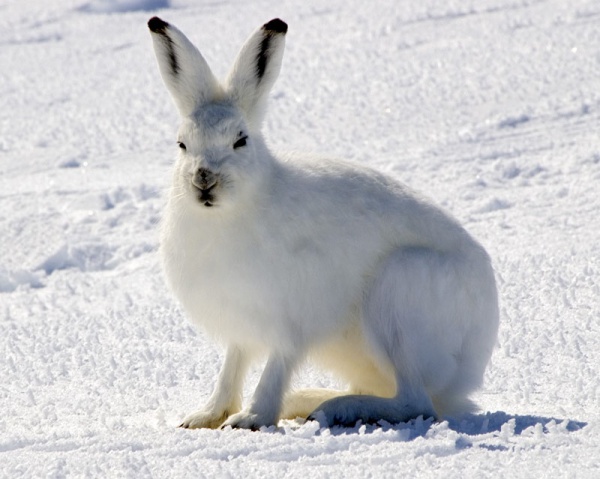Facts About Arctic hare
The Arctic hare is a remarkable creature, perfectly adapted to the harsh conditions of the Arctic tundra. Its distinctive features—including shorter ears and limbs, a small nose, and a thick fur coat—equip it to endure extreme cold. Notably, it has the remarkable ability to dig holes in the ground or under the snow to stay warm. While their appearance is reminiscent of rabbits, Arctic hares belong to a distinct category, capable of sprinting up to an impressive 60 kilometers per hour!
Among the largest in the lagomorph family, Arctic hares measure between 43 and 70 centimeters in length and weigh anywhere from 2.5 to 7 kilograms. They inhabit the northern regions of Greenland, the Canadian Arctic islands, Northern Canada, Labrador, and Newfoundland.
A fascinating adaptation for surviving in the tundra is their seasonal coat color change. They transition from brown or grey in the summer to white in the winter, providing effective camouflage against the snow. Their diet primarily consists of woody plants like willow, but they are not fussy eaters, also consuming lichens, mosses, and occasionally even meat.
In terms of reproduction, Arctic hares give birth to young ones called leverets and typically have a lifespan of around three to five years in the wild. They face threats from predators such as Arctic foxes, wolves, lynx, ermines, and birds of prey like snowy owls and gyrfalcons. Additionally, they contend with parasites, including protozoans, nematodes, lice, and fleas.
